10 Nights / 11 Days
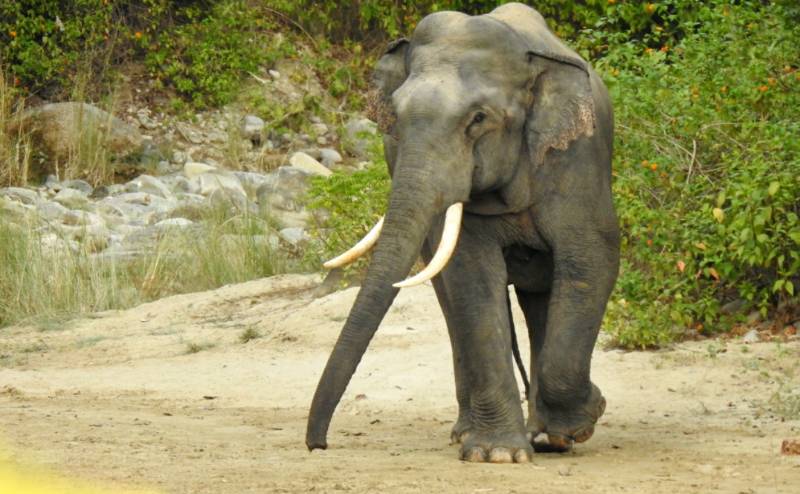
Wildlife abounds on the stunning island of Sri Lanka.The island nation, which is a component of the Western Ghats-Sri Lanka biodiversity hotspot, is home to a number of endangered bird and mammal species and some of the best whale viewing locations in the world.Sri Lanka's diverse fauna is revealed during the journey's ten nights and eleven days. The voyage will start in Negombo and travel via Kitulgala, Nuwara Eliya, Udawalawe, Yala, and Sinharaja before ending in Sinharaja for three nights. The trip includes amazing trails and safaris where you can see rare and endemic species of mammals and birds:
Key species include the Sri Lanka Spurfowl, Western Osprey, Jungle Cat, and Grey Hornbill.
Highlights
Local Cuisine
Mammals and Birds
Jungle Safari
Nature and Wildlife
Photography
When you land at Bandaranaike International Airport, one of our representative will greet you and transport you to your accommodation in Negombo. Enjoy the rest of the day at your leisure after checking in.
After breakfast, depart from Negombo and travel west to the picturesque lowlands of Kitulgala, where we will start our birding expedition. Roadside birdwatching in Sri Lanka is very enjoyable. The Blue-tailed Bee-eater, White-throated Kingfisher, White-bellied Drongo, Indian Roller, Sri Lanka Swallow, Scaly-breasted Munia, Brown Shrike, Indian Jungle Crow, Yellow-billed Babbler, Oriental Magpie-Robin, and Ashy Woodswallow are just a few of the birds that are frequently seen perched on wires. Despite the fact that we will definitely come across them frequently, it will be challenging to escape these roadside temptations. Our car will probably come to a stop as a result of the odd Crested Serpent Eagle and Changeable Hawk-Eagle sentinels on the posts. After the first of many rice-and-curry dinners, we will begin our quest for the island's endemics in the lush garden of our resort.
Finding lowland endemics and specialties while birding in Kitulgala the entire day The Spot-winged Thrush's monotonous dawn song can signal the start of a new day. Additionally, it can rush in at first dawn in search of a quick meal. Brown-capped Babbler flocks can be identified by their low flight patterns and distinctive "pretty-dear" scream, which is likely to be audible in the undergrowth. If you can well, Indian Pitta, a Himalayan delicacy, could not be too far away. The dawn chorus, which includes further songs from the aforementioned thrush, Green Warbler, Large-billed Leaf Warbler, Tickell's Blue Flycatcher, and other species as well as harsher greetings from Chestnut-backed Owlet, may reach its peak as the day grows lighter. Our morning's birding will greatly expand our trip list with species like the Oriental Dwarf Kingfisher.
We will start our trek to reach Nuwara Eliya's cooler interior after some early-morning bird watching and breakfast (1,890m) (6 hours drive). Today's morning will be spent largely travelling, although we will stop if we see any "good" birds along the way. The most well-known hill station in Sri Lanka is Nuwara Eliya, also referred to as "Little England" by some due to the colonial architecture that can still be seen there. This town also has English-style vacation homes, a racetrack, vegetable gardens, shooting ranges, an urban park, a few pubs, flower gardens, and an excellent 18-hole golf course. Afterwards, explore Victoria Park. Bring sweaters because the temperature will fall dramatically (by about 10-15 degrees Celsius) at Nuwara Eliya. Afterward, explore Victoria Park. The principal gathering spot for Western Himalayan migrants, including Kashmir Flycatcher and Pied Thrush, which almost exclusively spend their winters in Sri Lanka, is this urban park, which was built in 1897 to commemorate Queen Victoria's 60th anniversary of her coronation. The Indian Pitta, Indian Blue Robin, Forest Wagtail, Sri Lanka Scimitar Babbler, Indian Blackbird, and Sykes's Warbler are some of the other noteworthy birds found in this area.
As we spend time in the forest in the high-elevation Horton Plains National Park, we'll be paying close attention to the following high-value montane targets: Sri Lanka Whistling Thrush, Sri Lanka Bush Warbler, Yellow-eared Bulbul, Dull-blue Flycatcher, Sri Lanka White-eye, and Sri Lanka Wood Pigeon. In this woodland, mixed-species bird flocks may include the two varieties of white-eyed birds, Orange Minivet, Velvet-fronted Nuthatch, Grey-headed Canary-flycatcher, and Bar-winged Flycatcher-shrike.
In the late afternoon, we will reach a habitat area close to Nuwara Eliya in time to see the Sri Lanka Whistling Thrush, one of two Endangered Sri Lankan endemics. During the remaining daylight hours, we'll go through any species you might have missed in the area near Nuwara Eliya's borders.
Leaving the hotel with a breakfast bag and arriving at Yala National Park at the crack of dawn. Sign in at the hotel. You should visit the Tissa and Deberawewa wetlands in the late afternoon. They are adored by a variety of waterbirds, including the Black, Yellow, and Cinnamon Bitterns, Watercock, and others. The Clamorous Reed Warbler, Eurasian Hoopoe, Ashy-crowned Sparrow-Lark, Brown Fish Owl, Yellow-crowned Woodpecker, and Ashy Drongo are a few other species that might inhabit the area. Additionally, a local contact will accompany you to their village gardens, where roosting locations for Brown Fish Owl, Oriental Scops Owl, and Jungle Owlet have been located.
A person enters a safari car early in the morning and drives toward Bundala National Park carrying breakfast. The morning will be spent watching birds in the fascinating ecosystems of Bundala National Park, Sri Lanka's first Ramsar site. This is the best place to see waterbirds, and you can frequently drive up close to the birds to get close-up shots. We will arrive as early as possible in order to spend as much time as we can in this special assortment of environments. Cinnamon, Yellow, and Black Bitterns,Some of the species that may be present here include the Watercock, Greater Stone-curlew, Indian Stone-curlew, Eurasian Curlew, Marsh Sandpiper, Wood Sandpiper, Green Sandpiper, Lesser Sand Plover, Greater Sand Plover, Little Ringed Plover, Little Stint, Kentish Plover, Red-necked Phalarope, and others.
After dinner, go return to your hotel to spend the night.
Early the next morning, return to Yala National Park for one final game drive.Keep an eye out for sightings of the endangered leopard and sloth bear.After checking out of your hotel, go back there and drive to the magnificent Sinharaja Forest Reserve, a World Heritage Site, which is Sri Lanka's largest area of lowland rainforest and the best place to see endemic species.Make it to Blue Magpie Lodge in time for lunch; this is where you'll be spending the next three nights.
Observing mixed-species bird groups, a strategy adopted by tropical birds to improve feeding efficiency and reduce the risk of predation, is the best part of birding in Sinharaja.The Sri Lanka Drongo and Orange-billed Babbler are most likely to be in charge of these flocks.The headliner of this tiny group of flock-associated specialties is the fascinating Red-faced Malkoha, a rare canopy dweller typically seen at heights of 25–35 metres with a surprising capacity to fade away into the dense thickets.Even White-faced Starlings hang around close to the canopy.Comparatively, the Malabar Trogon hawks insects in the sub canopy while primarily keeping silent, whereas the Ashy-headed Laughingthrush is found near the bottom of the flock and constantly scrapes the forest floor in quest of bug meal.
We enter this endemic hotspot after arriving at the Sinharaja ticket office and begin looking for our targets there.One of these is the native Sri Lankan Wood Pigeon, which visits Sinharaja in search of the appropriate fruits in season.Other bonus birds like the Sri Lanka Hill Myna, Indian Blue Robin, Slaty-legged Crake, and Indian Cuckoo will come our way if we take the right approach.Observing an Indian Paradise Flycatcher with its nearly foot-long, white tail streamers that resemble ribbons would be feasible if we come across a good flock.The Chestnut-winged Cuckoo, another migratory that joins groups, may present a more challenging task, though, due to its rarity.
Get out of bed this morning and head to the Ketellepattala Road, which is a jungle road that parallels a rainforest.Pack a breakfast to go with you.This unpaved road will be used by a car, and along the way, you will pass homesteads where people make do with what the wilderness has to offer.The residents of this area grow a small amount of tea as a food source, and the areas where the forests meet the homes and open areas are ideal for mixed flocks of birds that fly by and eat insects.
Return to your lodging after lunch and continue bird watching both inside and outside the national reserve.
If time allows, spend the morning bird watching before checking out and driving the three hours to the airport to get your trip back home. Tour End
We have been assisting customers in achieving their travel objectives for a long time. Wild India Journey is a multifaceted travel company that provides memorable experiences as well as essential insurance to support your vacation goals. We are more than simply a company; we symbolise dedication. We've made it our objective to offer our consumers the most affordable and high-quality travel alternatives imaginable. As a result, despite our location in Malah, Bharatpur, Rajasthan, we have never limited our services to our close surroundings.
Our Aim:
We aim to be the first choice for travellers, consequently we make sure that the services we provide meet their schedules, interests, and other requirements. As a tour operator, we provide hotel reservations, airline tickets, rail tickets, and travel insurance. We also plan and organise corporate and private events.
Our Mission:
Ensure value-added services and compliance monitoring at every level to ensure a pleasant experience. Travelling in complete safety and with customised care.
Our Principles:
Our guiding ideas are quality, commitment, trust, and customized services. Our organizations foundation is built on these essential values, which we strive to uphold to the operational standards. We understand that our customers are discriminating against travellers seeking authentic experiences. As a result, our staff meticulously arranges each travel with us in order to provide you with an unforgettable experience. We are consistently devoted to client pleasure as our key corporate concept.
Our Team:
We are helped by a bunch of hardworking employees. They are committed to their profession and have never shied away from addressing inquiries from curious tourists. We have achieved enormous success as a result of their devoted devotion. This has also helped us create a large clientele in Malah, Bharatpur, and Rajasthan.
Read More...

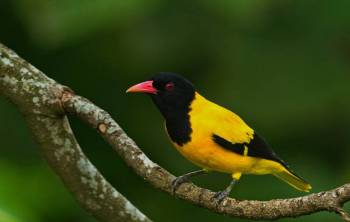 14D/13N
14D/13N
Bharatpur - Ranthambore - Agra - Pangot - Corbett - Kota
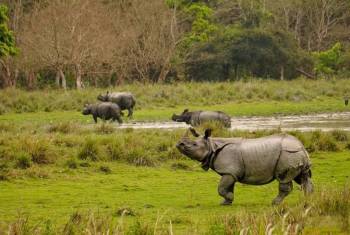 17D/16N
17D/16N
Exquisite Birds And Mammals Of Northeast..
Dibrugarh - Guwahati - Tinsukia - Kaziranga - Dibang
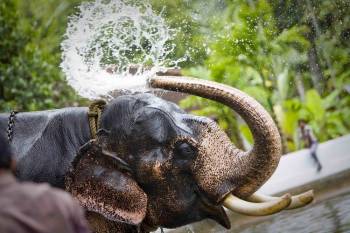 14D/13N
14D/13N
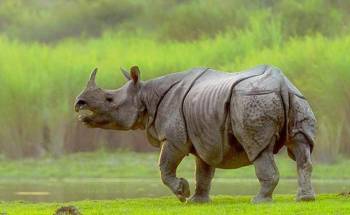 7D/6N
7D/6N
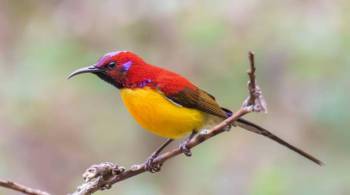 8D/7N
8D/7N
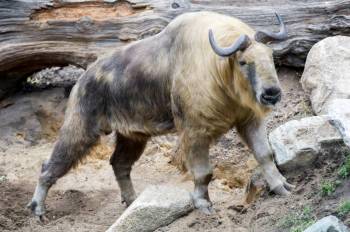 7D/6N
7D/6N
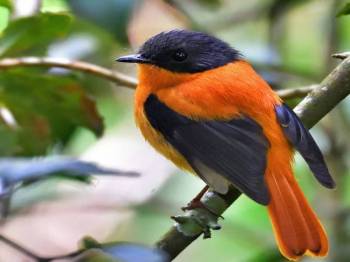 13D/12N
13D/12N
Central Himalayas Bird Tour - Uttarakhand
Pangot - Corbett - Almora - Pithoragarh
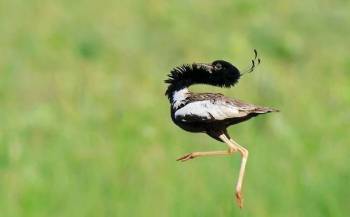 6D/5N
6D/5N
 11D/10N
11D/10N
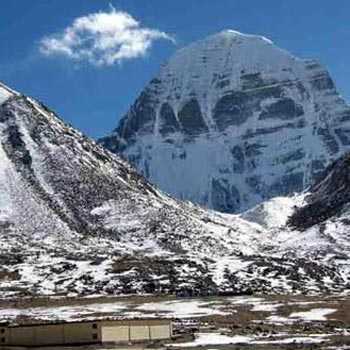 11D/10N
11D/10N
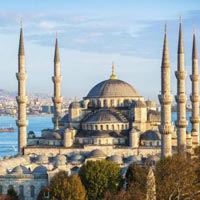 11D/10N
11D/10N
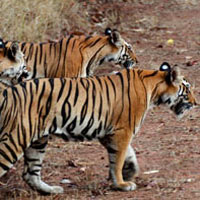 11D/10N
11D/10N
Bhopal - Pachmarhi - Jabalpur - Gwalior - Chhatarpur - Tikamgarh - Umaria
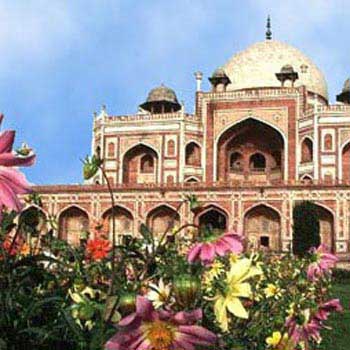 11D/10N
11D/10N
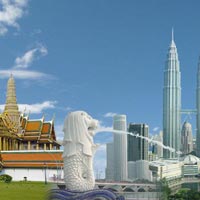 11D/10N
11D/10N
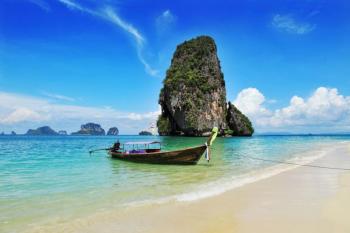 11D/10N
11D/10N
 11D/10N
11D/10N
Best of Gujarat With Wildlife Tour
Ahmedabad - Bhavnagar - Diu - Junagadh - Rajkot - Bhuj - Jamnagar - Dwarka - Mumbai
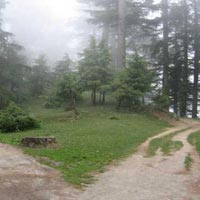 11D/10N
11D/10N
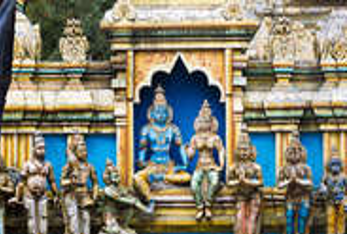 6D/5N
6D/5N
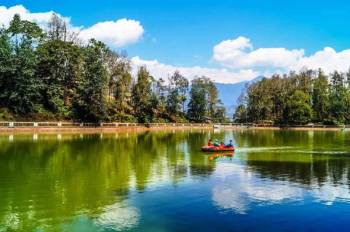 6D/5N
6D/5N
Colombo - Kandy - Pinnawala - Nuwara Eliya - Kithulgala - Bentota
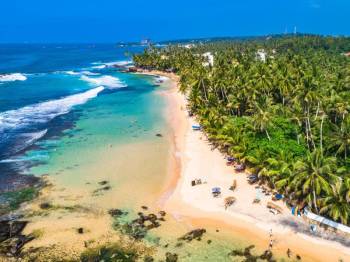 7D/6N
7D/6N
6Nights Sri Lanka - Kandy - Nuwara Eliya..
Colombo - Kandy - Nuwara Eliya - Bentota
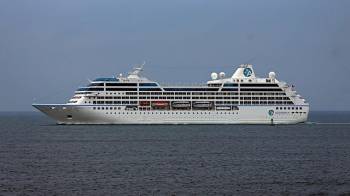 8D/7N
8D/7N
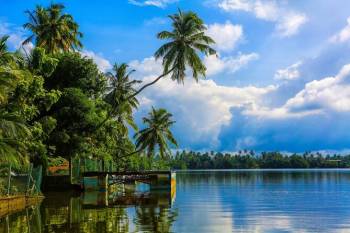 7D/6N
7D/6N
6N Sri Lanka - Dambulla - Kandy - Nuwara..
Colombo - Kandy - Nuwara Eliya - Dambulla - Bentota
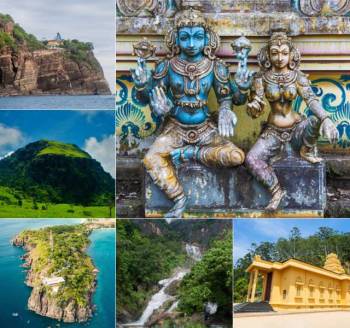 7D/6N
7D/6N
Colombo - Kandy - Nuwara Eliya - Dambulla - Negombo - Trincomalee - Chilaw
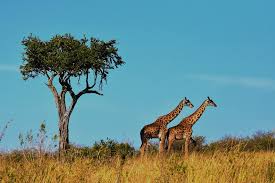 7D/6N
7D/6N